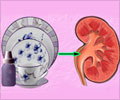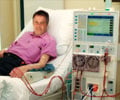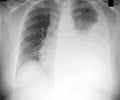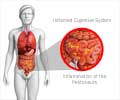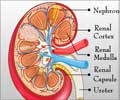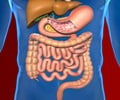Thanks to a discovery by scientists at Robarts Research Institute and The University of Western Ontario, patients undergoing peritoneal dialysis
Thanks to a discovery by scientists at Robarts Research Institute and The University of Western Ontario, patients undergoing peritoneal dialysis may soon be able to worry less about the risks of infection and lessen their hospital stays.
Peritoneal dialysis, which involves placing a tube into the peritoneal cavity, allows people who have suffered from kidney failure to carry on a relatively normal life; however, complications include high incidence of infection of the abdominal cavity, known as peritonitis, which most patients experience every year or so.Led by Joaquin Madrenas, Robarts scientist and Canada Research Chair in Immunobiology at Western, the study has looked at the molecule RIP2 (receptor-interacting protein 2) for clues over the past three years. Though the precise function of RIP2 is not yet known, scientists made the important finding that levels of the molecule increase during infection. More importantly, peritoneal dialysis patients with peritonitis who have high levels of RIP2 can be sent home and treated with antibiotics. If RIP2 levels do not go up, patients risk a protracted infection and should be admitted for closer monitoring and more intense treatment. This information can be used to address the need to admit patients to the hospital.
“We currently have no objective indicator if peritonitis will be really bad, so we tend to try to guess how bad it is,” says Madrenas. “What we have found is that, by monitoring RIP2, we can predict the outcome of the infection in patients taking part in peritoneal dialysis.”
By keeping patients out of hospitals, this discovery not only helps improve quality of life, but also reduces strain on the healthcare system.
The team, which includes Madrenas’ PhD student Michelle McCully and a close collaboration with Dr. Peter Blake of the division of nephrology at Western, will now try to adapt the discovery to a clinical laboratory and hopefully develop a diagnostic test that can be conducted with a patient’s peritoneal fluid on a routine basis. Madrenas also wonders if there are other factors preventing RIP2 levels from increasing in some patients. “If we know what problem is preventing this increase, we could fix it and possibly prevent infections,” he says.
Source-Eurekalert
VEN/C

